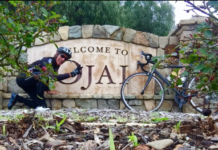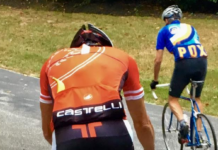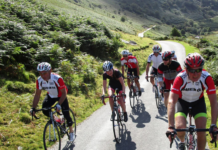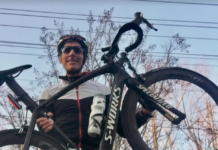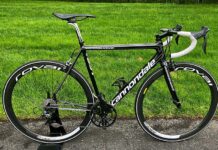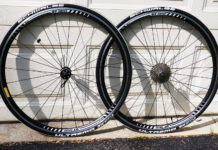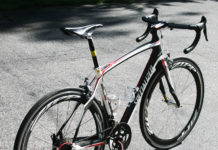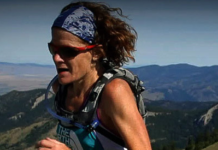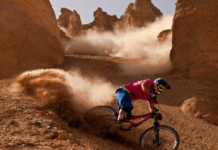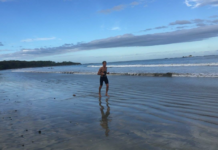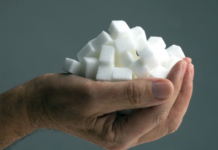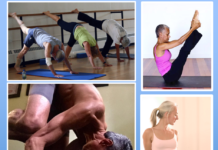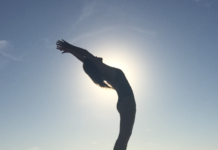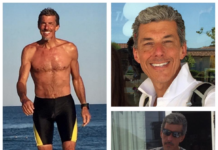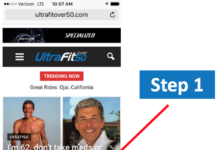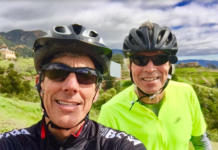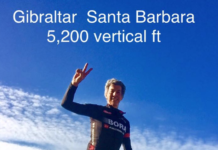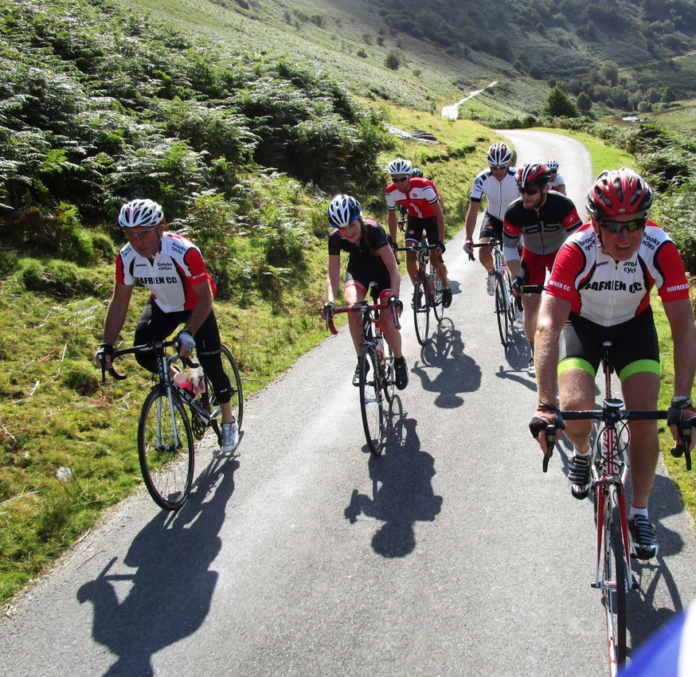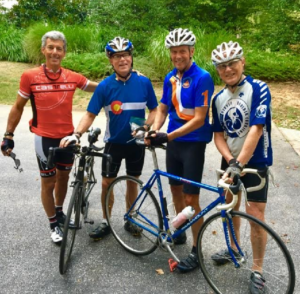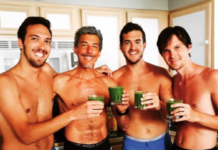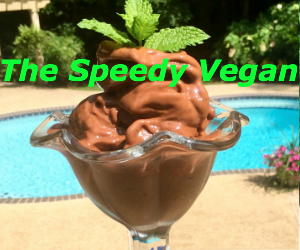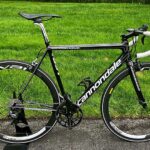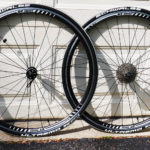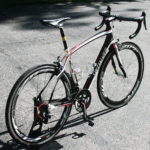In Part 1 of our series, Go Slow to Go Fast, we looked at the basics of what seems to be an inherent paradox: We must actually train at a slower pace — running, cycling, skiing, swimming and more — to ultimately go faster.
Now, let’s get more specific.
According to Danny Suter, USA Cycling Level 2 coach and founder of the Boulder Performance Network, “Base training is the foundation upon which everything else rests. When you build endurance, eventually you can get more out of higher-intensity riding (running or swimming) and a heavier training load.“
What you’re really trying to achieve is something called “aerobic endurance,” so fitness lasts and lasts.
Take LSD: No, not the drug, the training approach!
Bikers often talk about the benefits of long slow distance rides, what are commonly referred to as an LSD. The idea is to spend the majority of an LSD ride at approximately 65 – 75% of your maximum heart rate. Some say 80%. The same applies to swimming, running, cross-country skiing, rowing and more!
So guess what? You’ll probably need a heart rate monitor. The good news is that they aren’t that expensive and they’re fun.
According to biking coach Joe Friel, author of The Cyclist’s Training Bible, when you ride for two or more hours at a steady pace—what’s known as a typical “base” ride—your body changes. It actually allows you to use more oxygen and burn more fat as fuel.
Scientists say these type of workouts — where you are not staining to the max — build more of the tiny blood vessels, known as mitochondria, that deliver oxygen-rich blood to your muscles. And get this: Your mitochondria—which are the parts of your cells that produce energy— multiply and get larger. Then, you produce more enzymes that enable you to turn stored fuel into energy.
In that way you can ride (run, swim, ski…) faster and longer.
First step: You’ll need to determine your maximum heart rate. So, warm up first (10 minutes or so) and then, with heart rate monitor strapped on, take it to the max. Go (safely) until you simply can’t push any harder, and that should be your maximum heart rate.
Second Step: Then, it’s time for a little math. Multiply your maximum heart, say 178 beats per minute, times 75% (or .75).
Here we go: 178 X .075 = 133.5 — This is your ideal base training heart rate.
The trick is not to exceed it, but also not to train below it. Long, slow workouts at this heart rate pace is exactly what the doctor ordered.
Third: Plan plenty of base rides or runs for a period of anywhere between 6 to 12 weeks.
Fourth: For cyclists, consider one or two rides a week fully seated and do some hill-climbing. Here you’ll want to stay in the saddle to build leg, hip and knee strength — thereby improving your overall power. Personally, I love to stand on tough rides. It feels natural to me, but we’ve all got to move out of our comfort zones from time to time.
Finally, have fun! Base training allows you to be social in your rides or runs. You should have plenty of energy to carry on a conversation with a training partner while building a great base and friendship in the process.
Never Stop



